Our 3 Locations
Developmental Tooth Anomalies Expertise in Northern Arizona

Developmental tooth anomalies refer to dental issues that arise during the development of a person from baby to adult. These types of issues are almost always caused by genetics. From a simplified perspective, tooth anomalies come in one of three forms. You can either have too many teeth (hyperdontia), too few teeth (hypodontia) or the teeth you have can be malformed (morphological variations).
Hypodontia (Missing Teeth)
Hypodontia is when one or more teeth do not form in the mouth. In cases where six or more teeth are missing, it’s called oligodontia. In rare cases, no teeth are formed at all. Genetics largely predict whether or not an infant will have this condition. However, certain risk factors are known to result in hypodontia. These include smoking during pregnancy, exposure to certain drugs or viruses during gestation, increased maternal age, and others.
Hypodontia increases the risk of gum disease, TMJ, and tooth loss. The shifting teeth can cause growth problems and will impact the shape of your face.
Hypodontia is generally treated using implants and braces to produce a full set of teeth. Bridges or veneers can be used for solely aesthetic purposes. However, gaps in your teeth result in gum disease so treating the actual problem is important.
Hyperdontia (Too Many Teeth)
In some individuals, teeth continue to erupt even after they have a full set of teeth. The mechanism that tells teeth to stop forming and erupting is absent or not functioning properly. This is a serious problem because it will result in impacted teeth, malocclusion, and in some cases, tumors or cysts. The overcrowding of your mouth will make it difficult to speak and eat. It presents a serious quality of life issue for patients. In other patients, they may not notice the issue at all.
If the hyperdontia causes discomfort, it can be treated simply by extracting the extra teeth and then using orthodontics to fix the damage the extra teeth caused.
Why Is This Important?
All of these disorders cause problems that a lot of people have. While only 3% of the population may suffer from hypodontia, 40% of Americans suffer from some form of malocclusion caused by tooth misalignment. It’s in individuals that have extreme problems like the aforementioned that we understand why malocclusion is dangerous. These individuals predict what will happen to each one of us if our tooth abnormalities are left untreated.
Treating Tooth Anomalies
Likely you will not have to have extra teeth extracted or new teeth added. In most cases, malocclusion and issues resulting from a bad bite can be corrected using simple dental remedies such as braces, dental implants, retainers, and basic work to individual teeth to correct. These can include placing crowns on the teeth or filing them down so they aren’t misaligned.
Talk to a Flagstaff, AZ Dentist Today
If you are experiencing pain in your jaw, it’s likely related to bite misalignment. Contact a Flagstaff dentist at Peak Family Dental Care today and we can help you reduce symptoms of jaw pain, tooth damage, and TMJ.
